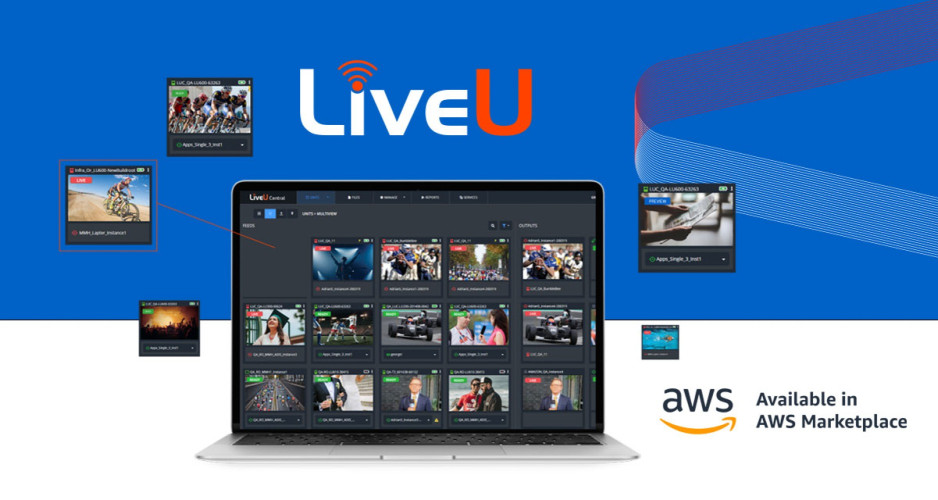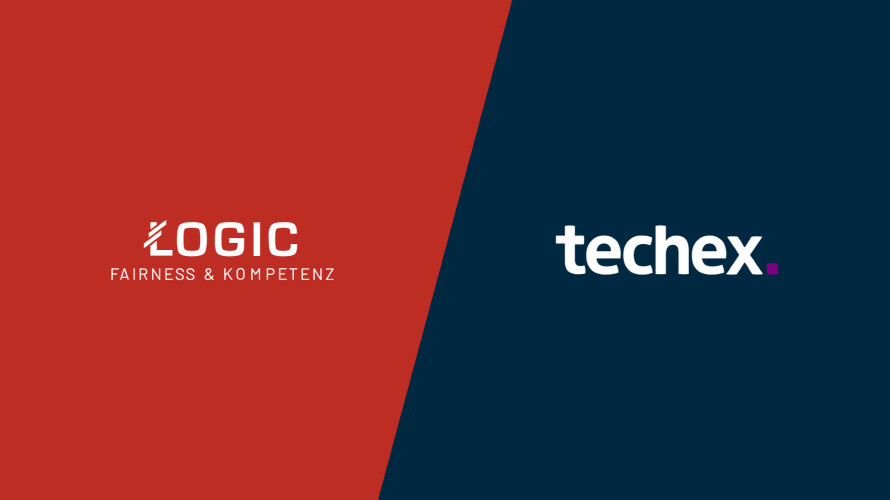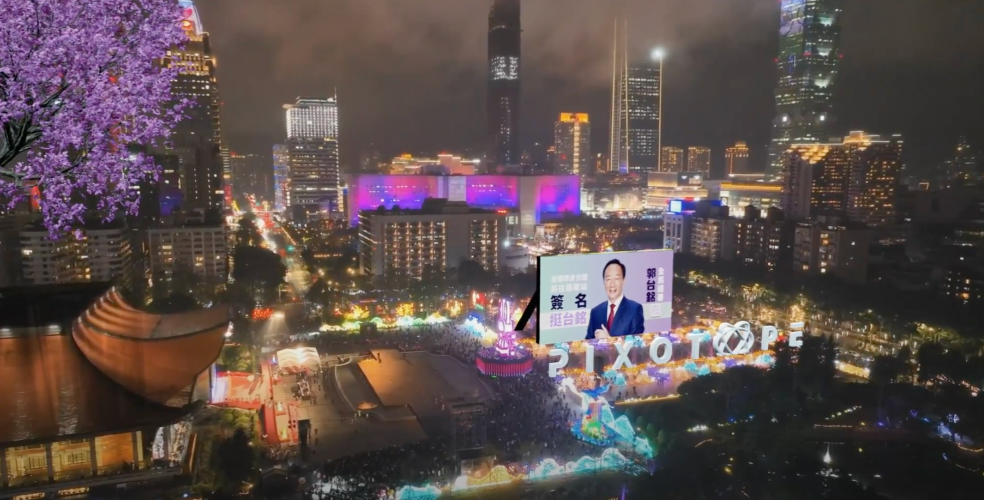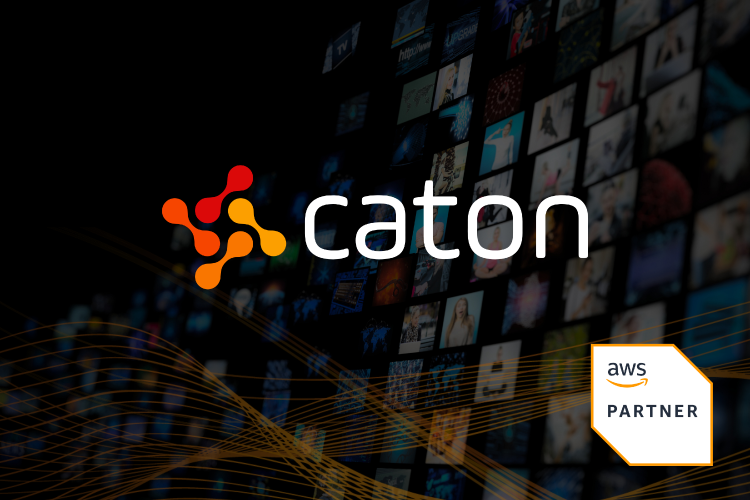Global creative studio Pixomondo (PXO) has a well-earned reputation for producing high-end visual effects (VFX), having collected a trove of prestigious industry awards over the past two decades, including an Academy Award and several Emmy and VES Award wins. In a state of perpetual reinvention, the innovative company has experimented with different tools and techniques to create next generation entertainment based on its clients’ needs, most recently adding virtual production capabilities to its arsenal. PXO began building its first stage in Toronto in 2020, and since launched a Vancouver stage, as well as a second Toronto stage, with an eye on further expansion. Helping to fuel this growth, PXO has taken a forward-thinking approach to its virtual production pipeline, opting to incorporate Amazon Web Services (AWS) to enable teams to collaborate across locations.
“The requirements for virtual production are wildly different from traditional visual effects, so instead of trying to build on top of an already solidified pipeline, we decided to move to a more flexible platform. We were immediately drawn to AWS as a solution because it allows us to iterate quickly,” explained PXO Head of Virtual Production Josh Kerekes. “We were able to sidestep legacy processes and prototype our pipeline in an air gapped fashion – separate from our studio’s creative arm and deploy rapidly anywhere.”
PXO’s virtual production stages are used to capture in-camera visual effects (ICVFX), which is accomplished by running real-time digital environments built in Epic Games’ Unreal Engine on large LED screen tracked capture volumes. PXO artists around the world often create the visuals for the screens, but clients also use other vendors depending on the project scope. To get assets from the creators to on set for production quickly and securely, PXO uses a virtual machine running Perforce Software on Amazon Elastic Cloud Compute (Amazon EC2) instances. Work is immediately synced to the stages, allowing production teams to provide feedback in real time.
“We are currently in production on an episodic series that has almost one hundred different environments and scenarios in a season; for context, ten is about the average, so this was an order of magnitude larger,” said Kerekes. “We have several VFX houses creating environments for the project, and even studios based overseas that said the speed at which they were able to download and submit was fantastic; they’re uploading 10-20GB commits every hour with minimal bottlenecks. To be able to implement massive changes on environments and sync those down to the stage almost instantaneously was essential.”
Traditional VFX are often delivered via FTP servers through an aggregator, such as the studio production VFX department. Taking this approach in virtual production would force vendors to create a zip file of their work and send it to the aggregator to then share scenes to the stage for ingest – a multi-hour process. With each change, the process must be repeated, making iteration time glacial. Using AWS, PXO can pull down asset changes and display them on the LED wall within minutes for immediate review and feedback, even during a shoot.
“I can't imagine any other way to do this,” Kerekes emphasized. “We considered using central on-premises servers that everyone could funnel into, but it would have been a nightmare. No matter how great of a support team and hardware you have behind you, downtime is expected, either for scheduled maintenance or unforeseen fires, but with the cloud, we have seen much better uptime.”
PXO also uses Amazon Simple Storage Service (Amazon S3) to store assets. With assets made easily accessible in Amazon S3 buckets, filmmakers have more flexibility to reference previous environments, which can be incredibly useful for maintaining a show’s look and feel, even if the director and cinematographer vary by episode.
“Having the ability to scale up our storage and make multiple environments available for review is so valuable for our clients,” said PXO Executive Producer Paolo Tamburrino. “This, of course, is in addition to being able to execute environment changes quickly while shooting, elements that typically would be done in post. It ensures that in-camera capture is as close to final pixel as possible.”
PXO’s initial cloud implementation is just the first step; the studio has a number of planned upgrades, including spinning up a unique virtual machine for each show, which will allow producers to accurately meter and monitor usage costs for more informed bidding, and is engaged with the AWS virtual production service team to explore more advanced use cases for cloud-enabled virtual production. The PXO virtual production team has also been working to help clients understand the agile filmmaking methodology and how they can better capitalize on its benefits, whether shooting a high-profile entertainment intellectual property (IP), commercial, or anything in between.
Kerekes concluded, “Many filmmakers are used to a very sluggish way of working, but AWS makes a night and day difference in iteration time. Everyone can collaborate and work in real time in the same shared space, regardless of their department or the stage of the filmmaking process they typically work in. This wouldn’t be possible without cloud-based services.”



































